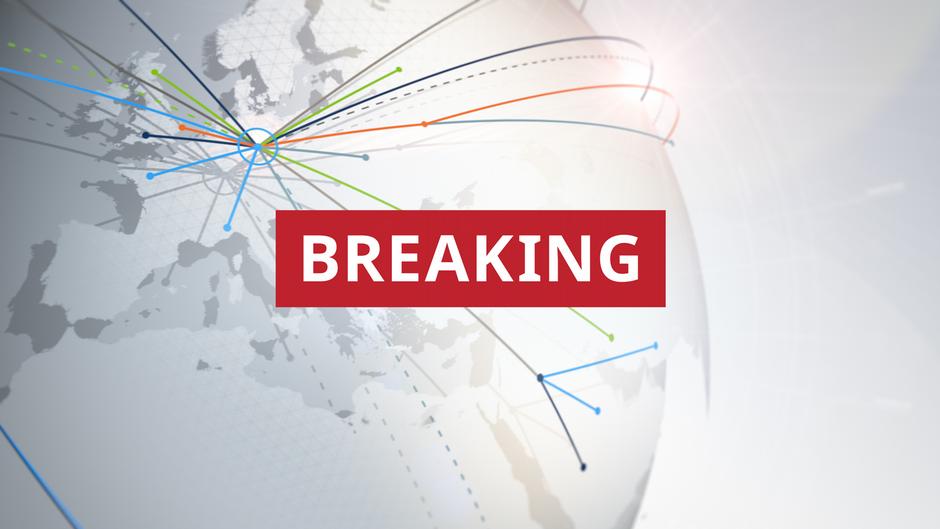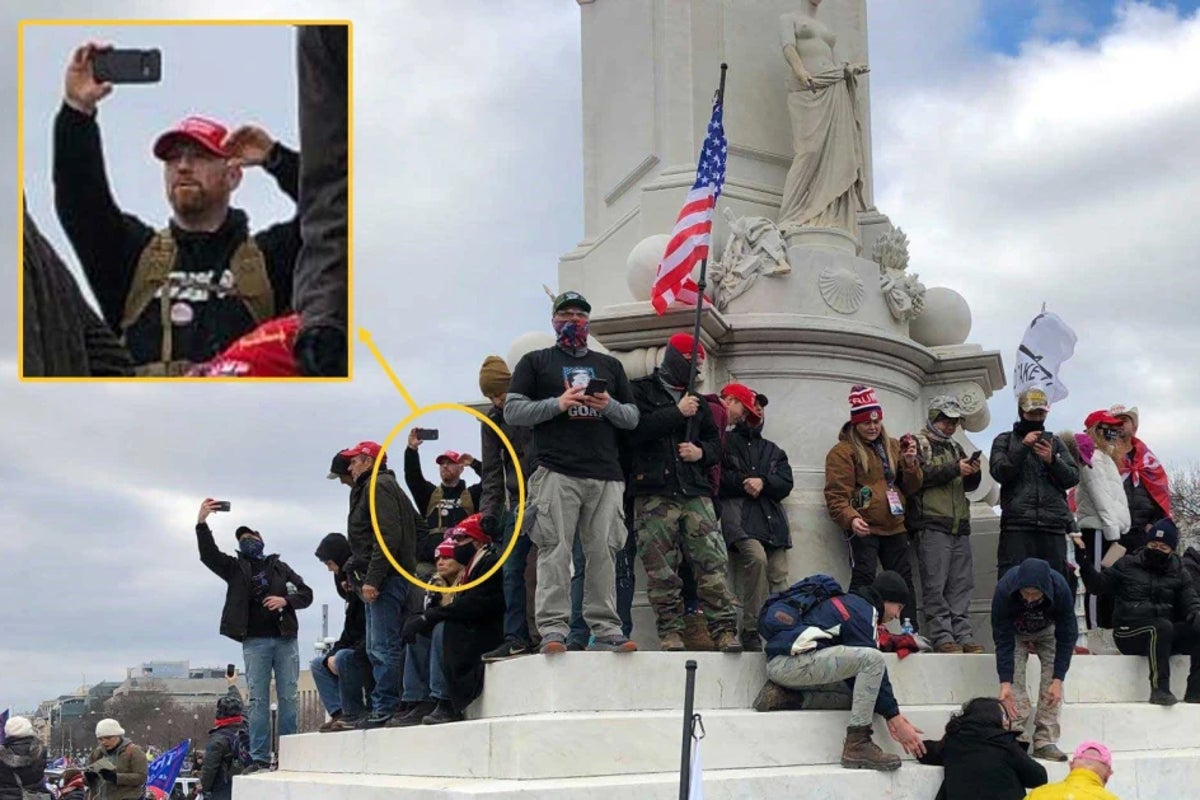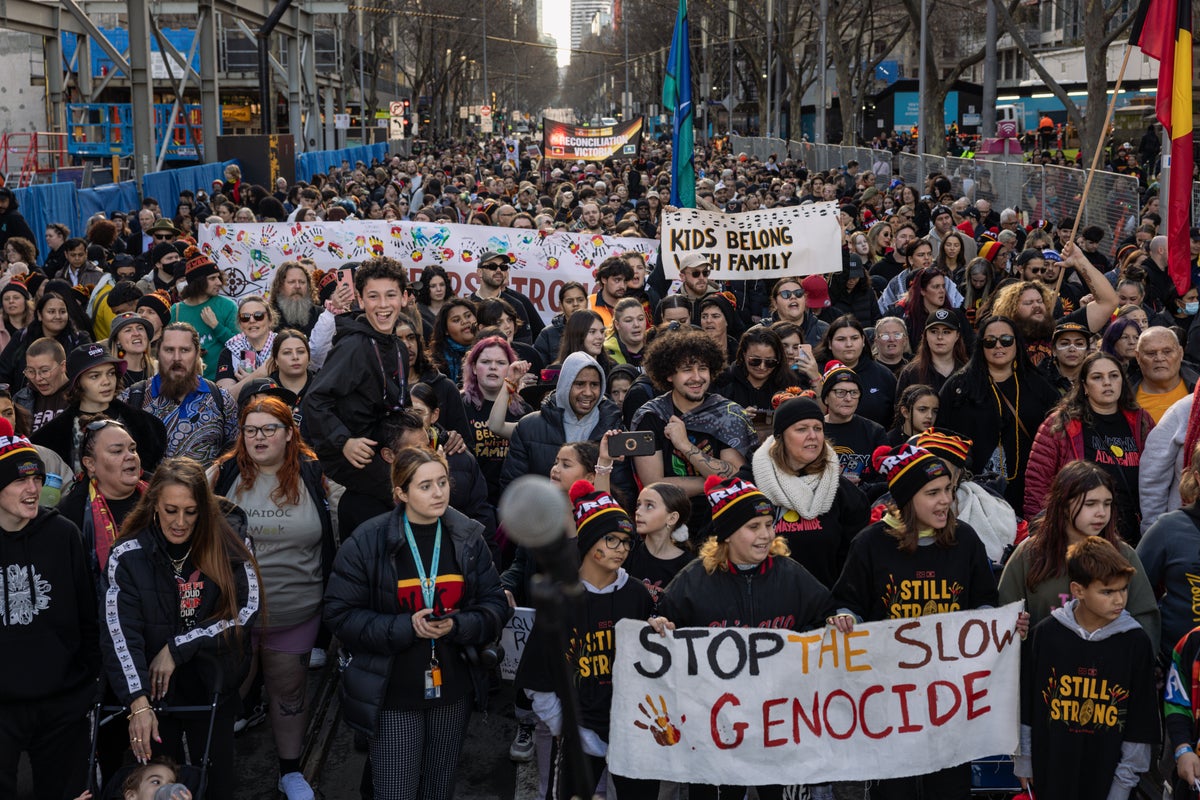A federal judge has blocked President Donald Trump’s order suspending asylum access at the U.S.-Mexico border.
In a day-one executive order, Trump declared the situation at the southern border constitutes what he called an invasion of America. The president said he was “suspending the physical entry” of migrants and their ability to seek asylum until he decides it is over.
Federal District Judge Randolph Moss has now blocked that order, writing, “the President cannot adopt an alternative immigration system, which supplants the statutes that Congress has enacted.”
Moss added that neither the Constitution nor immigration law gives the president “an extra-statutory, extra-regulatory regime for repatriating or removing individuals from the United States, without an opportunity to apply for asylum” or other humanitarian protections.
The order will take effect July 16, giving the Trump administration two weeks to appeal.
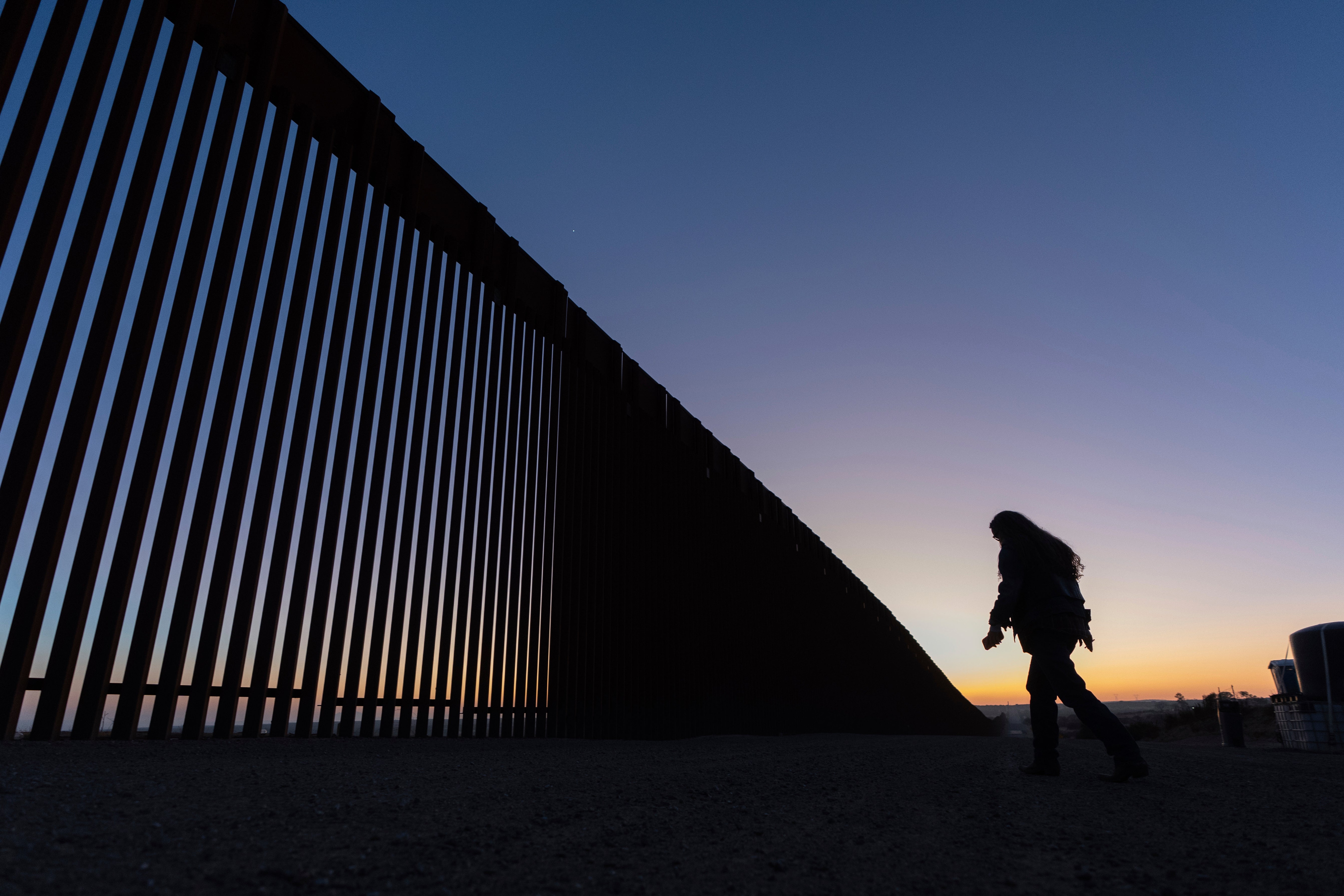
American Civil Liberties Union attorney Lee Gelernt, who argued the merits of the case, called Moss’s ruling a “hugely important decision.”
“Not only will it save the lives of families fleeing grave danger, it reaffirms that the president cannot ignore the laws Congress has passed and the most basic premise of our country’s separation of powers,” Gelernt said in a statement.
The Homeland Security Department did not immediately respond to a request but an appeal is likely. The president and his aides have repeatedly attacked court rulings that undermine his policies as judicial overreach.
The ruling comes after illegal border crossings have plummeted. The White House said Wednesday that Border Patrol made 6,070 arrests in June, down 30 percent from May. On June 28, the Border Patrol made only 137 arrests, a sharp contrast to late 2023, when arrests topped 10,000 on the busiest days.
Arrests dropped sharply when Mexican officials increased enforcement within its own borders in December 2023 and again when then-President Joe Biden introduced severe asylum restrictions in June 2024. They plunged more after Trump became president in January, deploying thousands of troops to the border under declaration of a national emergency.
Trump and his allies say the asylum system has been abused. They argue that it draws people who know it will take years to adjudicate their claims in the country’s backlogged immigration courts during which they can work and live in America.
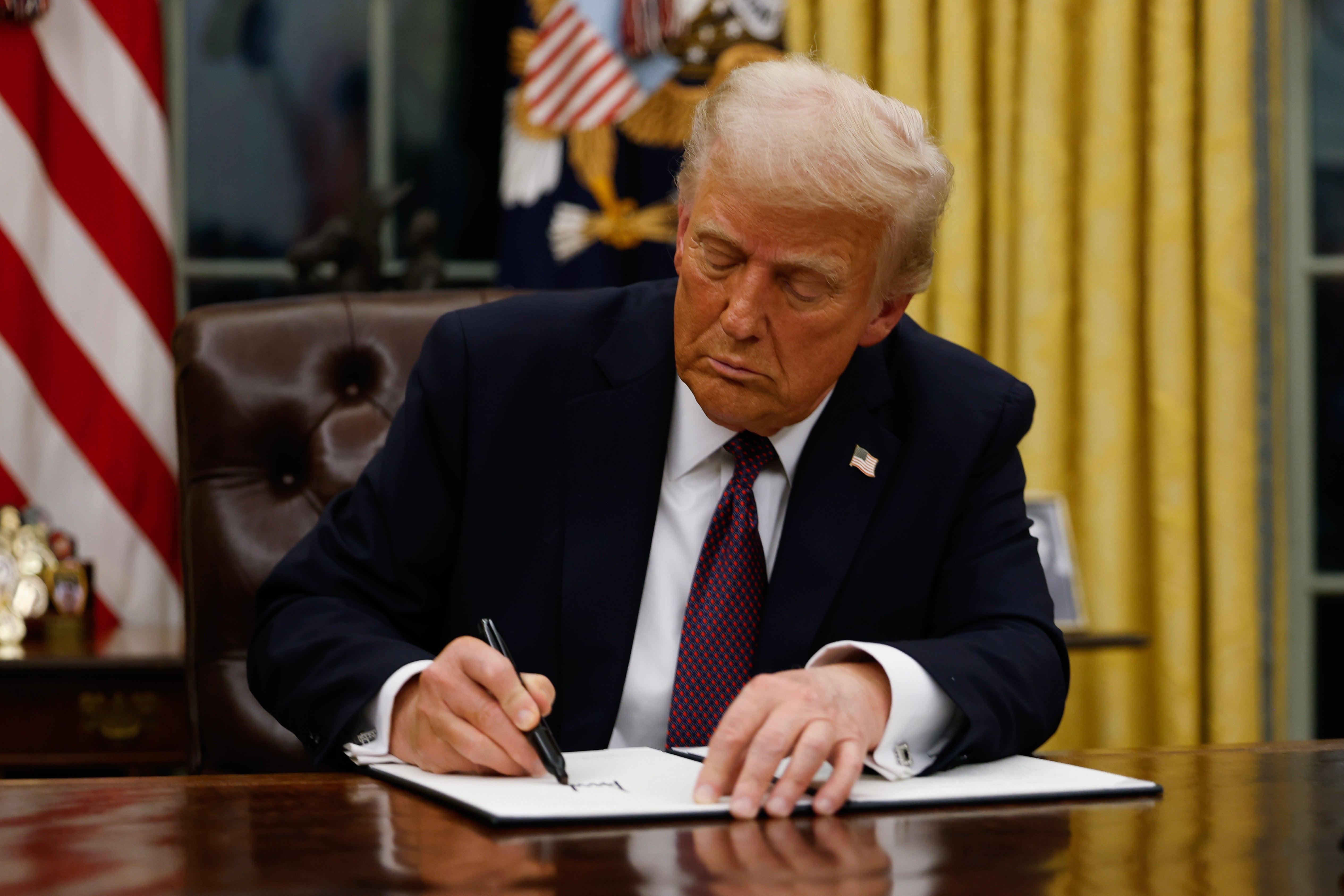
But supporters argue the right to seek asylum is guaranteed in federal law and international commitments — even for those who cross the border illegally. They say asylum is a vital protection for people fleeing persecution — a protection guaranteed by Congress that even the president doesn’t have the authority to ignore.
People seeking asylum must demonstrate a fear of persecution on a fairly narrow grounds of race, religion, nationality, or by belonging to a particular social or political group.
In the executive order, Trump argued the Immigration and Nationality Act gives presidents the authority to suspend entry of any group that they find “detrimental to the interests of the United States.”
Groups which work with immigrants — the Arizona-based Florence Project, the El Paso, Texas-based Las Americas Immigrant Advocacy Center and the Texas-based RAICES — filed the lawsuit against the government, arguing the president was wrong to equate migrants coming to the southern border with an invasion.
They also argued Trump’s proclamation amounted to the president unilaterally overriding “... the immigration laws Congress enacted for the protection of people who face persecution or torture if removed from the United States.”
But the government argued that because both foreign policy and immigration enforcement fall under the executive branch of government, it was entirely under the president’s authority to declare an invasion.
“The determination that the United States is facing an invasion is an unreviewable political question,” the government wrote in one argument.

 5 hours ago
4
5 hours ago
4

